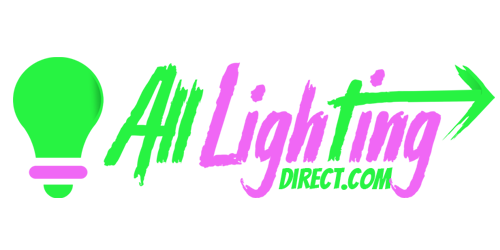A Bright Past: A Look at the History of LED Lighting
LED lighting has become an essential part of our lives. From illuminating our homes to lighting our streets, LEDs are everywhere. But how did this ubiquitous technology come to be? Let's take a trip down memory lane and explore the fascinating history of LED lighting.
The Early Days of LED Lighting:
The story of LEDs begins in the 1950s with the invention of the first practical LED. These early LEDs emitted only a faint red light, but they laid the foundation for future advancements.
However, by 1962, Nick Holonyak, Jr. invented the first LED that could produce visible red light. These early LEDs were primarily used as indicator lights in electronic devices.
By 1972, the world saw the first mass-produced LEDs, making them more accessible and paving the way for wider applications.
A Brighter Future
The 1990s marked a significant turning point in LED technology. Scientists developed high-brightness LEDs, capable of producing a wider range of colors, including white light. This breakthrough made LED lighting suitable for general illumination purposes.
The Energy-Efficient Revolution
LED lighting's energy efficiency has been a major driver of its adoption. Compared to traditional incandescent and fluorescent bulbs, LEDs consume significantly less energy. This reduction in energy consumption has led to significant environmental benefits. They are also becoming more affordable, making them a viable option for a wider range of applications.
The Future of LED Lighting
As LED technology continues to advance, we can expect even more innovative and efficient lighting solutions. Some of the exciting developments on the horizon include:
- Smart LED Lighting: Integrating LED lighting with smart home technology to enable remote control, scheduling, and energy-saving features.
- Organic LEDs (OLEDs): A type of LED that offers thinner, more flexible displays with superior image quality.
- Micro-LED Displays: High-resolution displays that use tiny LEDs to create stunning visuals.
The history of LED lighting is a testament to human ingenuity and technological progress. From humble beginnings as indicator lights to becoming a cornerstone of modern illumination, LEDs have transformed the way we light our world.
Today, LED lighting is used in various applications, from homes and offices to commercial buildings and industrial facilities. LEDs are known for their many advantages, including their long lifespan, durability, and low energy consumption. As LED technology continues to develop, we can expect to see even more innovative and efficient lighting solutions in the future.
Ready to purchase an LED Bulb for your Landscape Lighting Project? Shop now!

